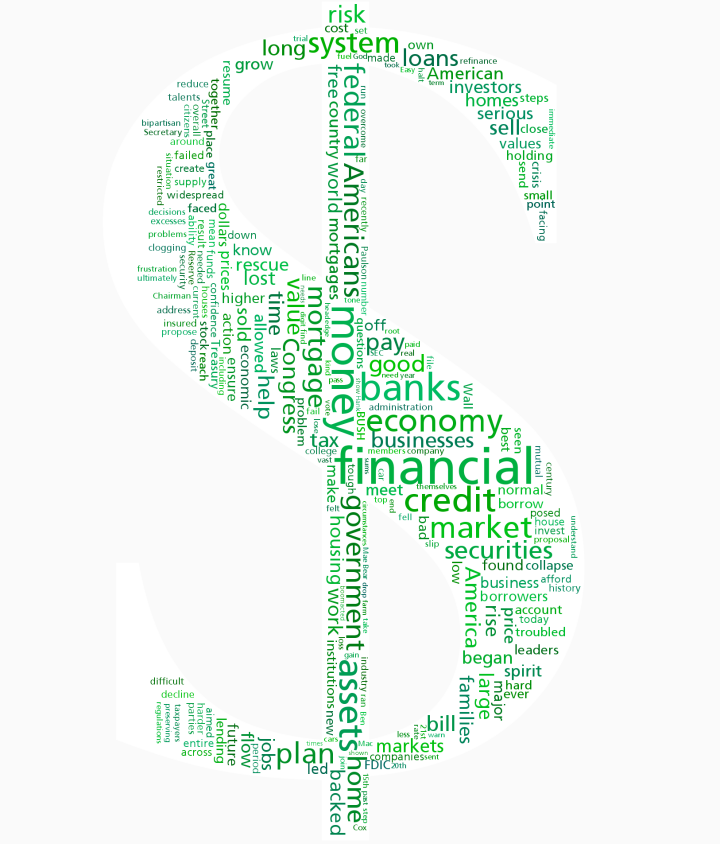
U.S. Treasury Secretary Henry Paulson’s blundering is becoming more breathtaking with each passing week. At the end of March he rolled out a grand plan to crown the Federal Reserve as the nation’s new financial stabilizer. The Fed a stabilizer? That’s who created the financial mess we’re in.
If this wasn’t bad enough, Secretary Paulson then donned his cheerleader’s uniform and encouraged Beijing to let the Chinese yuan appreciate against the greenback. All the while favoring in this fashion a debasement of the U.S. currency, Paulson proclaimed that we should remain calm and confident because the economic fundamentals are sound. He reminds me of the stockbroker who performed a valuable service to his partners by always being wrong.
During the Greenspan-Bernanke era the Fed has embraced the view that stability in the economy and stability in prices are mutually consistent. As long as inflation remains at or below its target level, the Fed’s modus operandi is to panic at the sight of real or perceived economic trouble and provide emergency relief. It does this by pushing interest rates below where the market would have set them. With interest rates artificially low, consumers reduce savings in favor of consumption, and entrepreneurs increase their rates of investment spending.
And then you have an imbalance between savings and investment. You have an economy on an unsustainable growth path. This, in a nutshell, is the lesson of the Austrian critique of central banking developed in the 1920s and 1930s. Austrian economists warned that price level stability might be inconsistent with economic stability. They placed great stress on the fact that the price level, as typically measured, extends only to goods and services. Asset prices are excluded. (The Fed’s core measure for consumer prices, of course, doesn’t even include all goods and services.) The Austrians concluded that monetary stability should include a dimension extending to asset prices and that changes in relative prices of various groups of goods, services and assets are of utmost importance. For the Austrians a stable economy might be consistent with a monetary policy that had prices gently falling.
The current U.S. financial crisis follows the classic Fed pattern. In 2002 then governor Bernanke set off a warning siren that deflation was threatening the U.S. economy. He convinced his Fed colleagues of the danger. As former chairman Greenspan put it, “We face new challenges in maintaining price stability, specifically to prevent inflation from falling too low.” (Given the U.S. economy’s productivity boom, the Austrians viewed the prospects of some deflation as just what the doctor ordered.)
In the face of possible deflation, the Fed panicked. By July 2003 the Fed funds rate was at a record low of 1%, where it stayed for a year. This set off the mother of all modern liquidity cycles, and, as members of the Austrian school anticipated, the credit boom ended badly.
During the Greenspan-Bernanke era the Fed has embraced the view that stability in the economy and stability in prices are mutually consistent.
True to form, the Fed has panicked again, pushing interest rates down and flooding the economy with liquidity. A broad measure of the money supply (MZM) reported by the Federal Reserve Bank of St. Louis increased at an astounding annual rate of 37.7% from the end of January until Mar. 24. With this money supply surge and February’s price gains (from February 2007) of 4% for consumer goods, 6.4% for producer goods and 13.6% for imported goods, it’s no surprise that inflation expectations have risen.
It’s also no surprise that the dollar remains debilitated, which makes Secretary Paulson’s Beijing weak-dollar message so bizarre, particularly since it is based on an incorrect premise propagated by many prominent economists. Harvard professor Martin Feldstein, for example, argues that the bilateral trade balance between the U.S. and China is determined by the yuan-dollar exchange rate. Accordingly, to reduce China’s trade surplus with the U.S., he advocates an appreciating yuan.
This advice is nonsense. Trade balances are determined by national savings propensities, not exchange rates. China’s savings surplus and America’s savings deficiency largely determine our trade imbalance with China. The U.S. Treasury should have learned this lesson after years of forcing the Japanese to adopt an ever appreciating yen, which destabilized Japan’s economy without doing a lick of good for trade balances.
Until the Fed dumps inflation targeting and the U.S. abandons its weak-dollar policy, inflation will rule the day. Retain (and add to) your gold hedges.
Author Steve H. Hanke

0 responses on "Panic Time at the Fed"